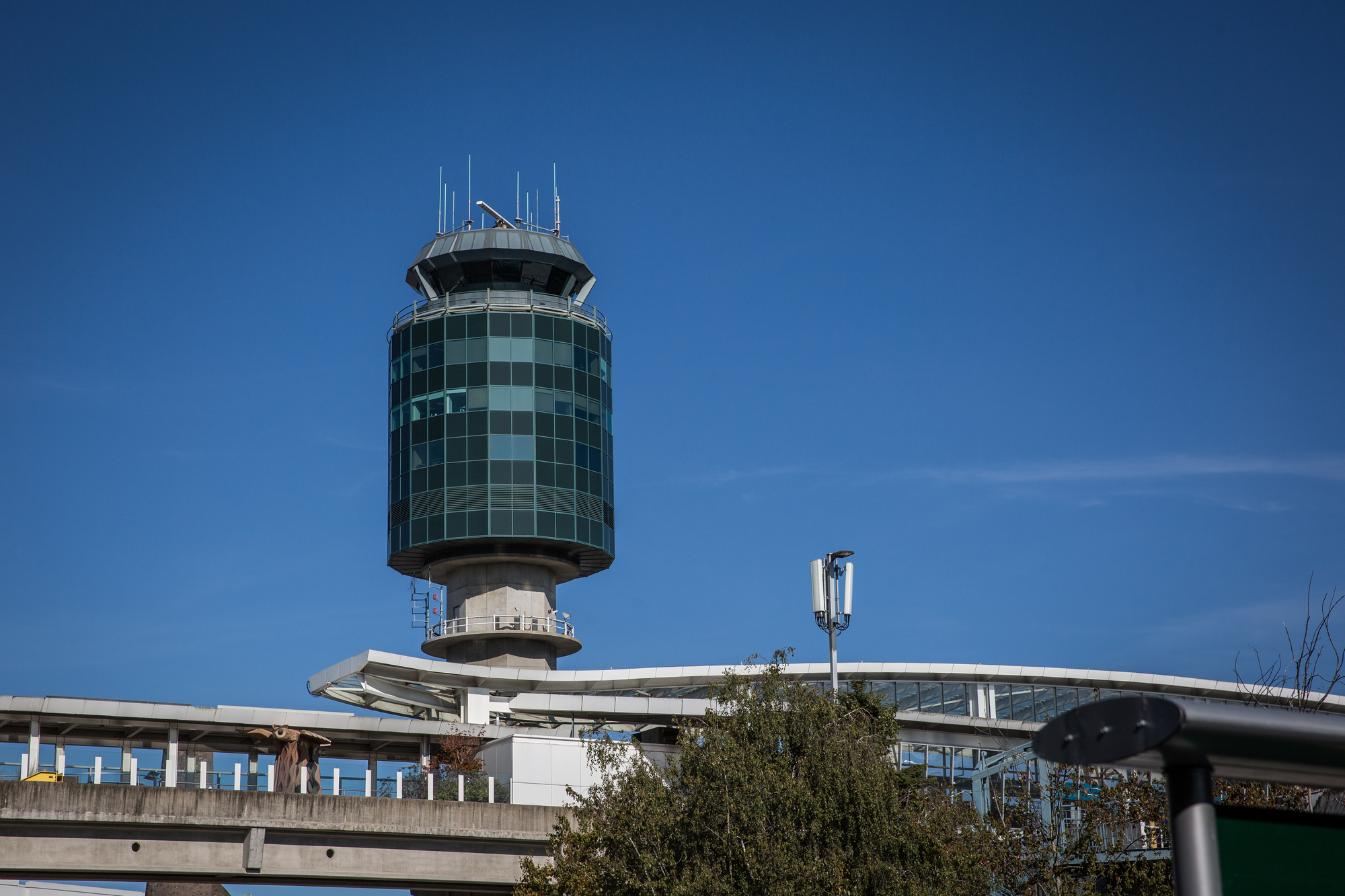A Norwegian perspective: How to improve the punctuality at Scandinavia’s second largest airport with a closed runway
Anders Kirsebom, CEO of Avinor Air Navigation Services in Norway gives an insight as to how Norway is leading the way on punctuality and regularity within the European airspace.
While most European countries were preparing for yet another busy summer within the upper airspace, Avinor Air Navigation Services in Norway also had its focus set on another major logistical challenge. One of the two runways at Oslo airport, Scandinavia’s second largest hub, and Europe’s 19th busiest airport, had to close for maintenance for almost two months. Add to the suspension was the planned use of one of the airport’s taxiways as a runway – a complex new operation demanding careful planning.
Oslo airport plays a key role in connecting Scandinavia to Europe, Asia and North America. In addition to the passenger traffic, the airport is also a growing cargo hub providing international markets with fresh salmon and other Norwegian seafood. The stakes were therefore high in order to make the temporary runway – Runway Center – work seamlessly.
Establishing a temporary runway at a busy international airport is not something we have done before and is not at all a simple matter. We were therefore aware of the risks, despite the careful planning and coordination between our air traffic controllers, the ground staff at Oslo airport and the Norwegian Civil Aviation Authority.
Norway is well known for its winter operations and ability to run smooth operations despite harsh Arctic weather. Changing the operations at a major international airport is, however, another matter ball game all together. We had to put our air traffic controllers at both Oslo airport’s control tower and the Oslo approach through rigorous theoretical and simulator training before we could go ahead with running the air traffic from a taxiway. This was necessary in order to meet the strict safety requirements. Local knowledge is also an asset when changing the operation procedures as much as we did at Oslo airport this summer. We therefore only allowed the local carriers SAS, Norwegian and Widerøe to use the temporary runway for their departures. All other traffic was directed via the airport’s second runway.
With regards to the ATC – air traffic control – the changed operations on the ground also meant that the aircraft would have different paths both on ground and when airborne. ATC used tower and radar simulators to identify new areas of conflict and to determine the best possible procedures related to safety and capacity. All controllers to be involved in the new operations were thereafter theoretically educated and practically trained in a simulator to be fit and ready for operations. The total new scheme on operations demanded a proactive and transparent information to the general population surrounding the airport, as well as an open dialogue with the media. This proactive effort ahead of the irregular operations period prevented negative headlines regarding noise disturbances.
At the end of August over 6000 flights had departed from the temporary runway at Oslo airport. At the same time the punctuality had improved by 2,49% compared to the same time last year, despite the irregular operations at the airport during the busiest season of the year. Equally important to us was the fact that we continued to deliver one of Europe’s most punctual en-route services throughout the summer in the upper airspace, with only 0.005 minutes of delay per flight on average. Had the operations at Oslo airport not gone so well, it would have had an impact on the traffic flow in the European airspace, affecting other airports on the continent. With this as a backdrop we cannot underscore enough the importance of careful planning and the mutual willingness across business areas to find pragmatic solutions, with the customers’ interests as the top priority.




